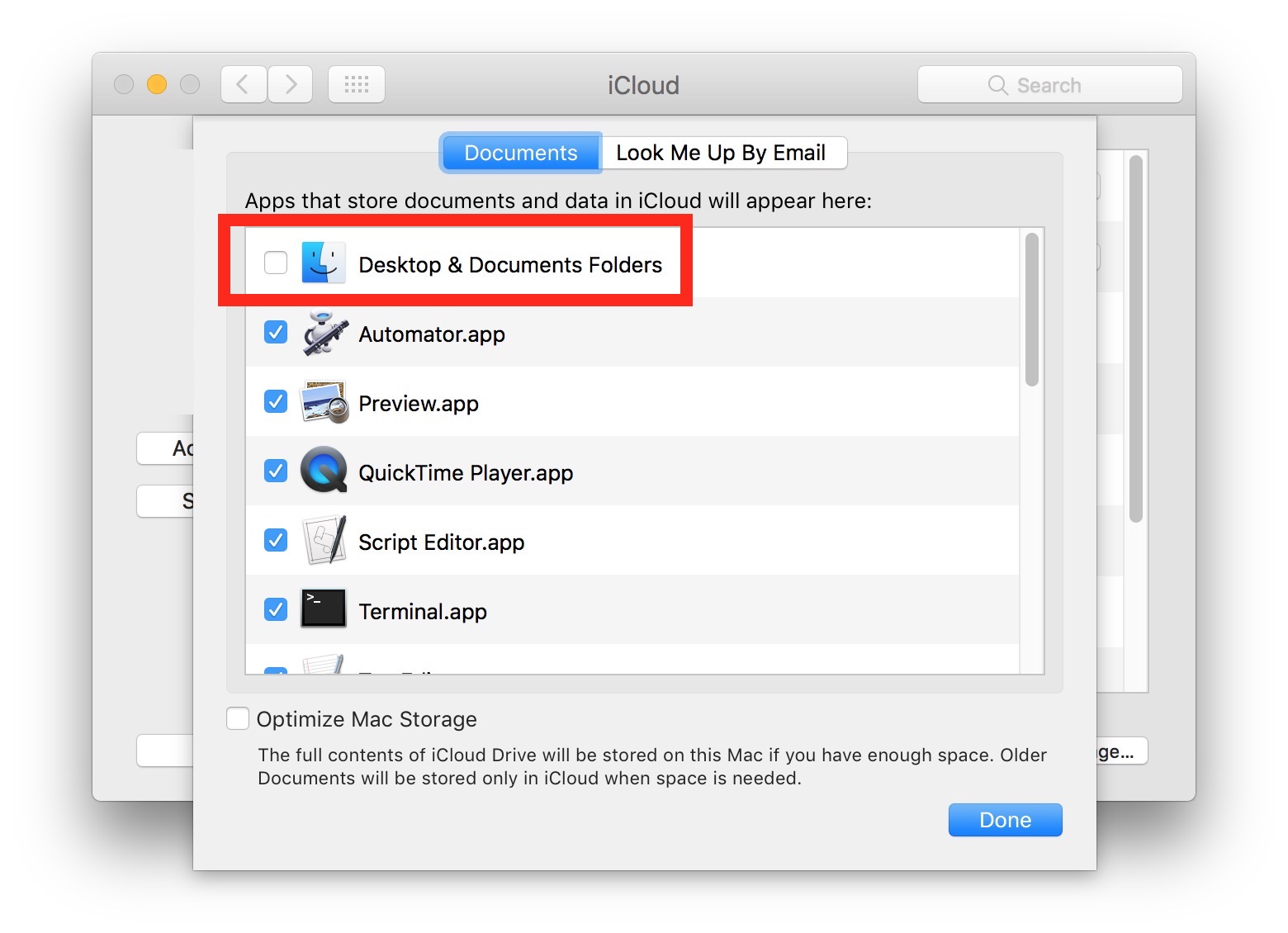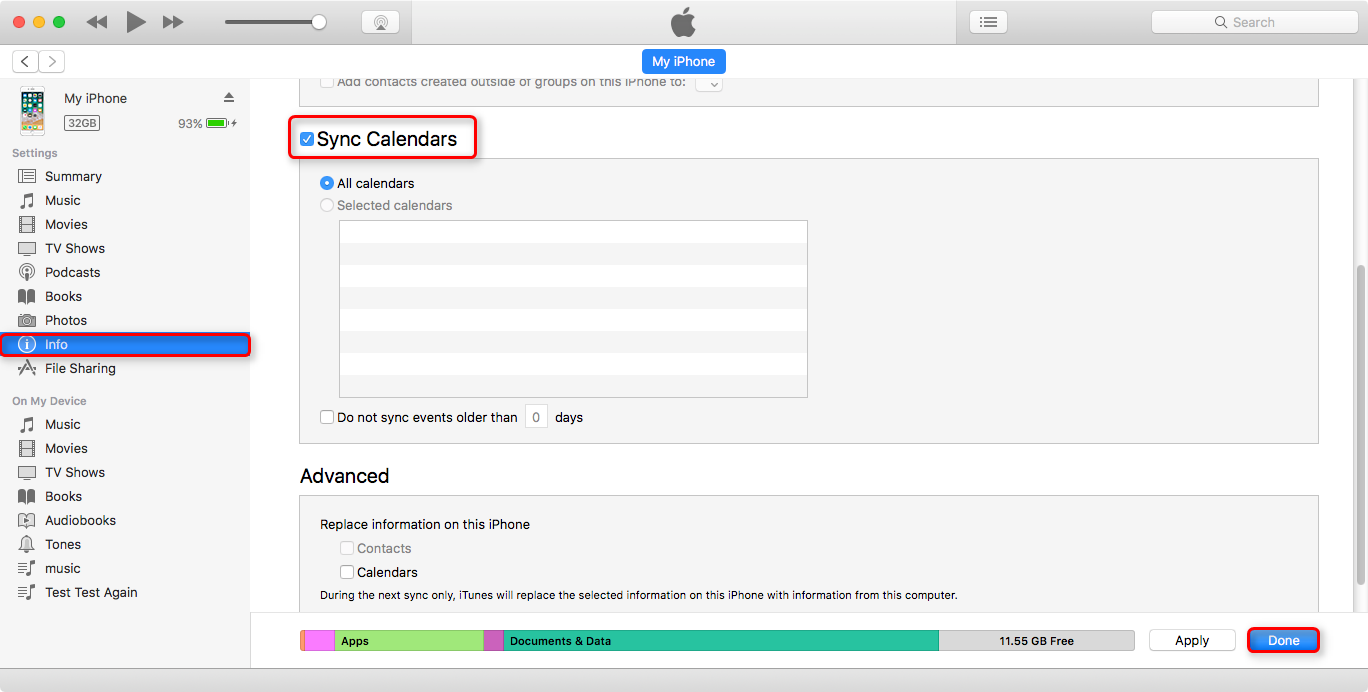A pop-up window will ask you to choose the pictures located in your computer, select the photos you want to transfer and press “OK”, they will be sent to iCloud within seconds. After that, you can check the images in your iDevicee. By now, we have shown you how to upload photos to iCloud from both Windows computer and Mac.
Photos makes it easy to download images directly from your digital camera to your Mac — as long as your specific camera model is supported in Photos, that is. Most cameras are supported, though, and more are added to the supported crowd during every update. You can also connect your iPhone to your Mac using the cable supplied by Apple, and the import procedure is the same.
Follow these steps to import images:
- Connect your digital camera to your Mac and then turn on the camera.
Plug one end of a USB cable into your camera and the other end into your Mac’s USB port, and prepare your camera to download images. - Launch Photos.
Your Mac will probably launch Photos automatically when your camera is connected, but you can always launch Photos manually by clicking its icon on the Dock (or by clicking the Photos icon in Launchpad). Depending on your camera model, Photos may automatically display the Import pane, but if you don’t see the title Import at the top of the Photos window, click the Import button on the toolbar. - Specify whether the images you’re importing should be deleted from the camera afterward.
If you don’t expect to download these images again to another computer or another device, you can choose to delete the photos from your camera automatically by clicking the Delete Items After Import check box to enable it. (This way, you save a step and help eliminate the guilt that can crop up when you nix your pix.) If you’d rather be absolutely certain that everything has been imported safely, leave the check box disabled, allowing you to delete the images from your camera manually. - Click the Import All New Photos button to import your photographs from the camera.
To select specific images to import, hold down ⌘ and click each photo you want, and then click the Import Selected button.
The images are added to your Photo Library, where you can organize them into individual albums. (More on albums later.) Depending on the camera, Photos may also import video clips.
You’re probably familiar with albums, which you may recognize from older versions of Photos. An album is simply a container you create in Photos that contains specific photos; it’s straightforward. Typical albums might include family pets or photos of your hometown.
Photos also offers three viewing modes — called Moments, Collections, and Years — that help you view photos by date. When you display your library in Moments view, Photos displays sets of images taken at about the same time, in the same location. In Collections view, photos are grouped by locations and dates that are relatively close together. Finally, in Year view, photos are grouped by the year they were taken. Think about that: Arranging old-fashioned film prints by the moments and events they document is tough, but Photos makes it easy!
To view photos by Moments, Collections, or Years, click the Photos button on the toolbar. You can switch among Years, Collections, and Moments views by clicking the Forward and Back arrows in the upper-left corner of the Photos window.
With Photos for Mac, all the pictures and videos you've taken on your iPhone or iPad, or imported into iPhoto or Aperture, will always be available to you on any of your Macs, as will any future pictures and videos you take or import, including your DSLR images, even in RAW!
Add to that automatic, intelligent grouping based on time and place, and face detection, non-destructive editing, and the ability to order prints, books, and more, and Photos for Mac makes for the ultimate picture and video app for the mainstream.
Here's your ultimate guide to setting up and using it!
How to get started with Photos for Mac

Photos is your one-stop shop for just about everything you'd want in a photo organization app. You can store, edit, share, and more in Photos for Mac, and all you have to do is dive in and get started. Here's how!
How to get started with iCloud Photo Library
iCloud Photo Library aims to deliver on the promise of having all your photos available on all your devices all of the time. To accomplish this, iCloud Photo Library works with Photos for Mac as well as with Photos for iOS and iCloud.com, as the glue that holds everything together. Shoot a video on your iPhone, take a picture with your iPad, import from your DSLR on your Mac, and all of it goes up to Apple's servers and is made available on all your other devices. Part backup, part sync, part storage optimizer, if you let it, iCloud Photo Library can make micromanaging your pictures and videos a thing of the past.
How to find and manage your pictures and videos in Photo for Mac
Photos for Mac uses the same hierarchy as Photos for iOS — intelligently grouping images and videos into moments, collections, and years. That lets Photos for Mac show you small moments in time and space, like yesterday at the park, but also collections of moments marked by larger changes, like that party across town or that week at the beach, and even an entire year all at once. That way you can quickly zoom out, drill down, or scrub through to find exactly the photos and videos you want to look at, edit, or share. And all it takes is a few clicks and swipes! Of course, you can also find by faces, location, keywords, and more!
How to edit your pictures and videos in Photos for Mac
How To Upload A Picture
From magic wand, to basic color, light, and black & white tweaks, or full, granular control over exposure, saturation, intensity, and more. You can also rotate, flip, crop, and straighten, remove redeye, touch up blemishes, and more. Photos for Mac has everything you need to make your pictures look exactly how you want. What's more, all the edits are non-destructive, so if you don't get something perfect the first time, you can change it again whenever you like, or even go right back to the original. Combine that with the large screen, and editing photos on the Mac isn't just easy, it's accessible to everyone.
How to share pictures and videos from Photos for Mac
Share directly via iCloud, Mail, Messages, or AirDrop, or socially with Twitter, Facebook, Vimeo, or Flickr. Either way, you can do it quickly and easily right from Photos for Mac. Simply find the picture or video you want to share — or multiple pictures or videos — choose the way you want to share them, and you're good to go. Thanks to sharing extensions, other services can plug in as well. It's the fastest, easiest way to get your pictures and videos from where they are to where you want them to be.
Questions?

Do you have a question about Photos for Mac? Let us know in the comments below!
Manual Upload Photos To Mac Computer
